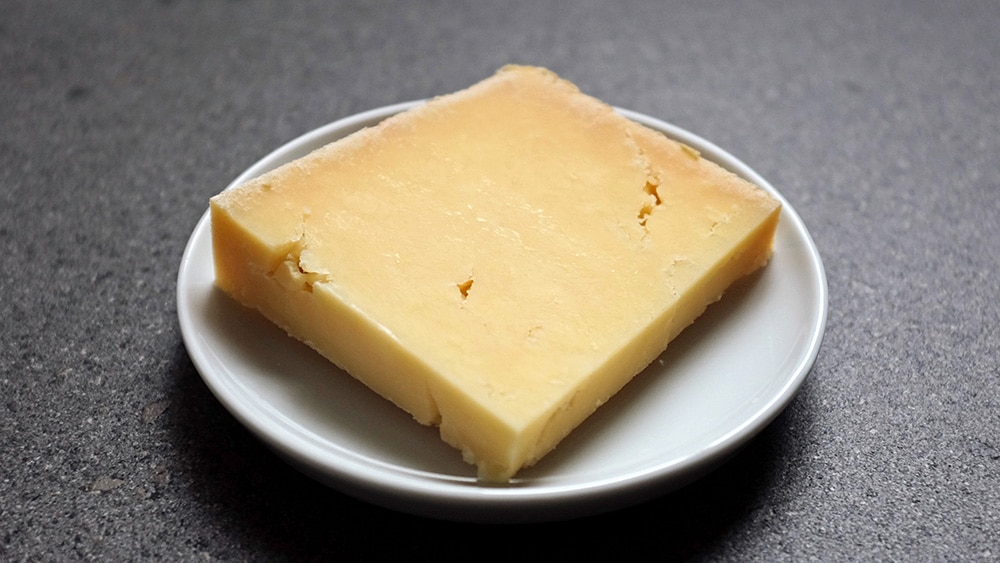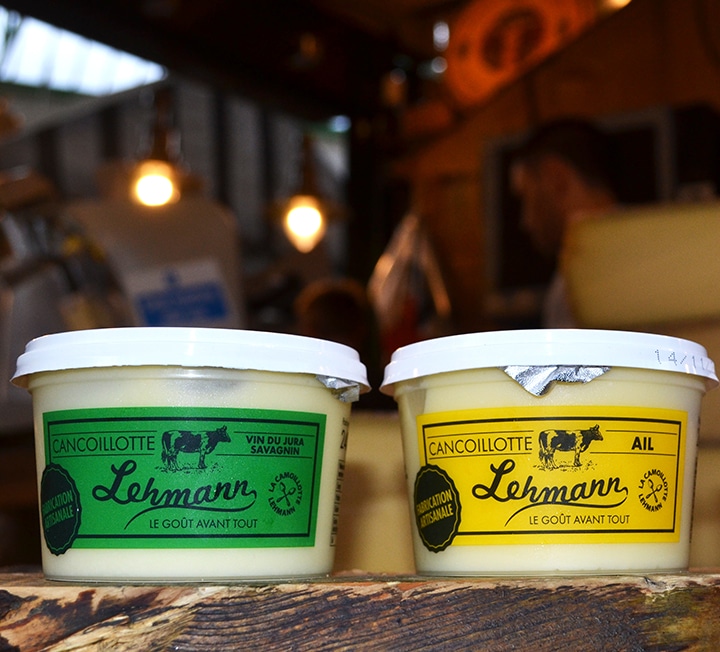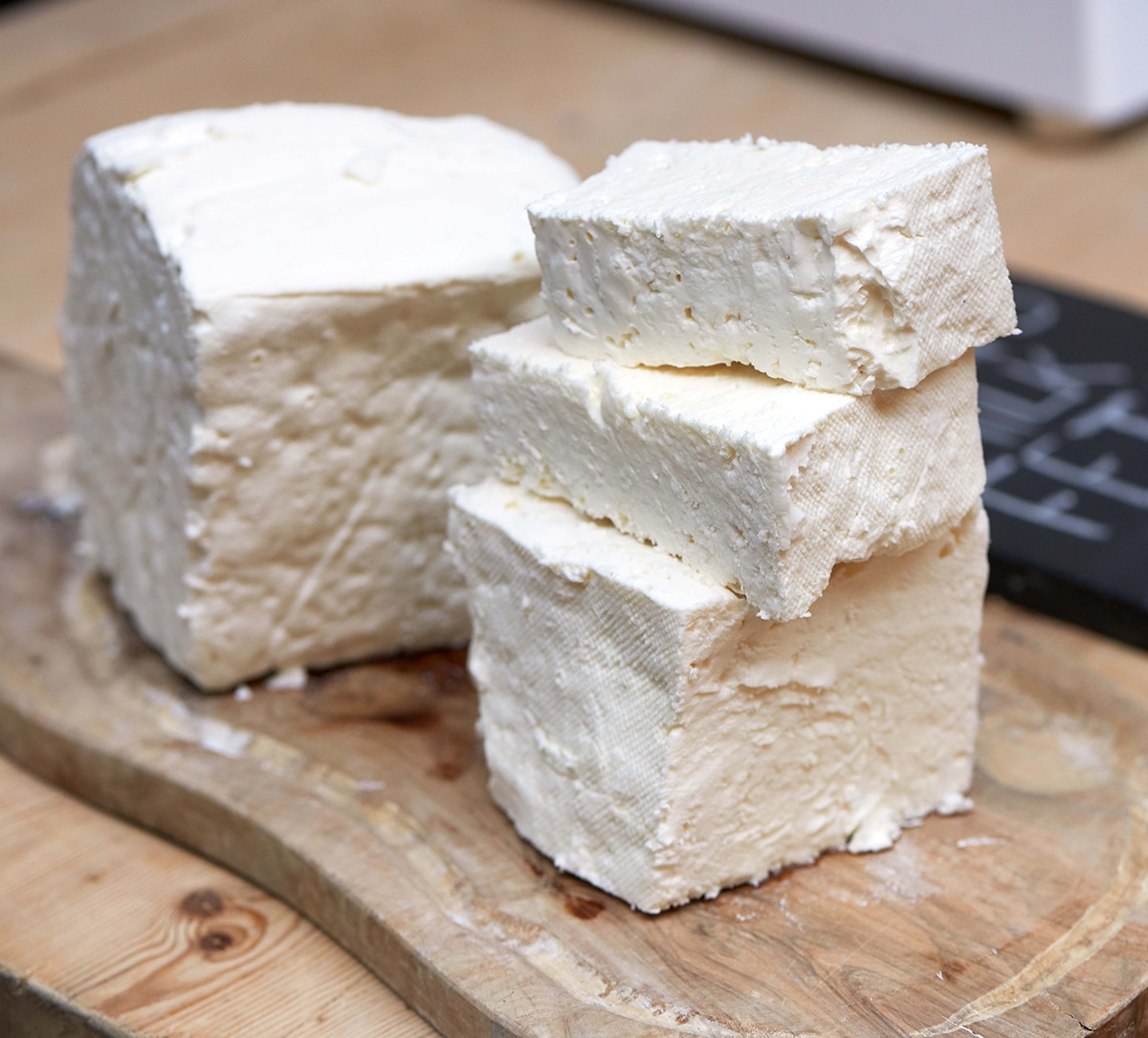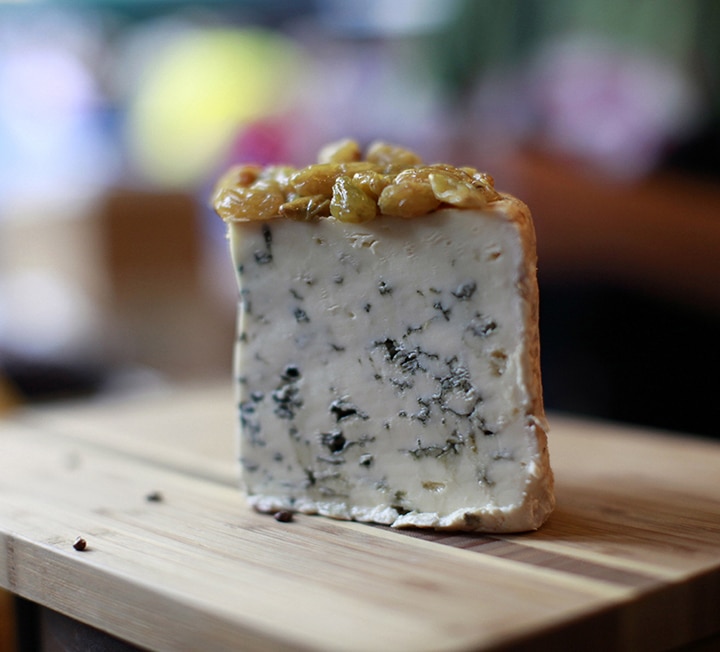Blessed are the cheesemakers: Isle of Mull cheddar
Clare Finney tells the story behind a flavoursome raw milk cheddar from Neal’s Yard Dairy, made the old-fashioned way by a family of farmers


“TO CALL IT A CHEDDAR SEEMS ALMOST AN INJUSTICE WHEN ONE CONSIDERS THE PAUCITY OF GOOD CHEDDARS IN SUPERMARKETS”
Image: Ed Smith
It was 1983 when the Reades first clapped eyes on the roofless, derelict farm that would become their home: a battered yet beautiful place on the Isle of Mull, off the west coast of Scotland. They’d noticed on previous visits that the islanders didn’t have their own local milk supply. “Milk came by ship or freight to the shops on the island. There was no serious producer,” recalls Chris Reade, who moved there with her husband Jeff and young sons Garth and Brendan. Once the Reades got Sgriob-Ruadh or ‘red furrow’ farm up, roofed and running, however, that started to change, thanks to their growing herd of bounteous British fresians, which were eventually followed by a colourful mix of brown Swiss, Swedish and Norwegian red breeds.
Fast forward to the present day and the Mullochs, as the islanders are known, continue to enjoy the fruit of the Reades’ labour – albeit no longer in liquid format. Milk now being readily available, the family has focused their attention entirely on the production of cheese. In doing so, the Reades have developed one of the most remarkable raw milk cheeses in Scotland, if not in all the British Isles: Isle of Mull cheddar.
To call it a cheddar seems almost an injustice when one considers the paucity of good cheddars available in supermarkets. But if anything could restore the name cheddar to its former glory, it is this richly mature, robust number – as far removed from industrially produced cheddar as the Isle of Mull is from our harried, smoke-chocked capital.
“Each batch is very different,” says Phil, a cheesemonger on Neal’s Yard Dairy’s busy shop floor in Borough. “Sometimes it has a lovely spikiness to it – that tingling feeling at the back of your throat. Sometimes it is citrusy or almost boozy. It depends what the cows have been eating” – a characteristic confirmed by the now fully mature Brendan Reade, who’s since taken over the farm’s day to day running. “Our cheese is completely a result of where the cows have grazed on a given day. Every time they go to a different field, the cheese will taste slightly different.”
“One batch we tried had a slight chive taste to it – as if the cows had found some wild onions,” Phil recalls. “The one we have at the moment is quite mild, but it still has that slight spikiness to it.”
Isle of Mull cheddar is neither pasteurised nor coloured – two practices common in industrial-sized cheesemakers. The summer batches are creamily yellow, thanks to the wild grasses and flowers the cows graze on, while the winter cheeses are paler on account of the hay.
During milking, the fresh milk is transferred directly from parlour to cheesemaking vat, still warm from the udders. “It’s exciting to be making cheese in September and be selling it next June,” Chris Reade enthuses. Occasionally, in particularly mature wheels, fine blue veins will thread their way sporadically through the cheese paste – but this is a flavoursome asset, rather than disadvantage. She’s spent more than three decades making cheese with her family, but Chris still loves the big reveal, when the cheese is unwrapped and cut open. “Opening up the cloth, cutting through and not knowing what’s going to be there, it’s so exciting. It’s magic, to me.” It’s magic to Phil, too, for whom the Isle of Mull is “a truly unique cheddar”. If you’re having a toastie, he recommends adding a bit of raclette-style cheese to the mix, to make it stretch a bit. For his part, though, he prefers it on a cheeseboard, “just as it is.”


